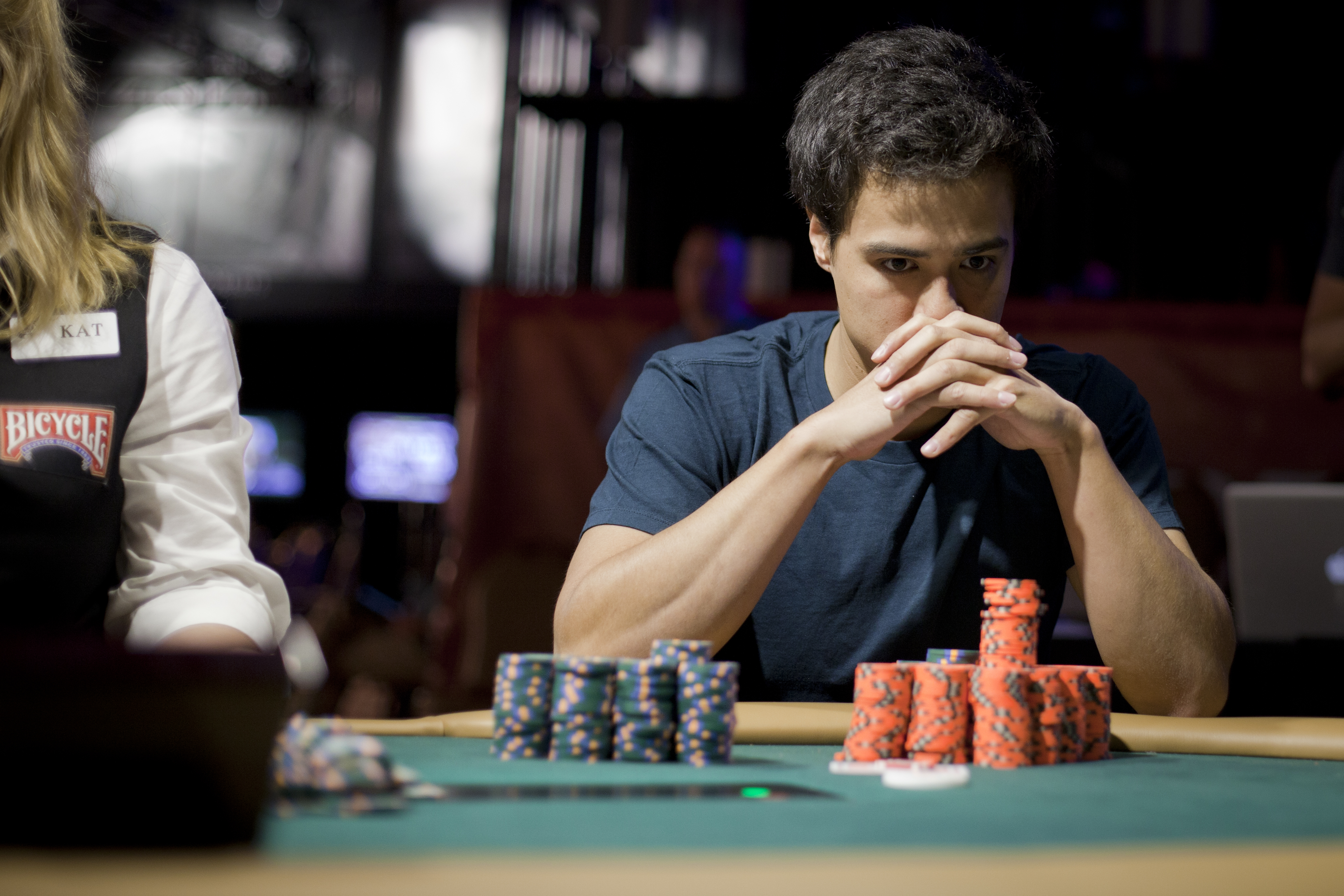Poker 3 Bet Sizing
Nice advice on exact 4 bet sizing, was trying to work out the exact sizing. A lot of the time I will flat call my opponents 3 bet with Kings or Aces preflop to trap or induce, or if I think they will fold Jacks or 10's vs my 4 bet. Using this 2.2x sizing makes it nearly impossible for them to fold. Would you agree Nathan? Oct 12, 2019 For example, the 3-bet size changes depending on how much villian raises 1/2 2/3 3/4 will all change how much I need to raise to get that specefic%. For example, a $100 re-raise would give villian atleast 28% eq to call, but if villian had raised a little bit more, a $100 re-raise may have only gave him 25% eq to call, because villian used. Constructing the right range to 3-bet for value The goal when you 3-bet for value is to get more money in the pot with a hand that has an advantage over your opponent’s range. As a guideline, the weakest hand in your value 3betting range should have around 55% equity against your opponent’s continuing range.
May 29, 2014 Posted by PokerSnowieCall | 3bet | |
If UTG had opened pot | 3.27% | 7.04% |
If UTG had opened for half pot | 6.56% | 8.68% |
Call | 3bet | |
If UTG had opened pot | 7.48% | 5.67% |
If UTG had opened for half pot | 23.14% | 5.07% |
- He is facing a weaker range
- Villain is out of position and cant float or raise hero’s Cbet profitably

Inside PokerSnowie's brain
PokerSnowie's ultimate aim is to find the ultimate un-exploitable equilibrium for all No Limit Hold'em configurations. Join us on this fascinating journey, which is just starting, into the future of poker.
When it comes to choosing a size for your bet in No Limit Hold’em, it’s not always easy. You have to pay a lot of attention to the specific circumstances that you face. Such factors as board texture, stack depth, the action pre-flop and which person holds the range advantage are all things to consider. Let’s talk about three rules that you can use to help you pick the right size for your bet.
Bet small (a quarter to a third of the pot) on board textures that are static and dry
When you bet on the flop and the turn, you take your opponents’ equity away when they decide to fold. This means that you steal their opportunity to win the pot by making them fold with your own bet.

If you’re not as focused on taking away equity, you have a greater incentive to use smaller bet size. When boards are drier, the majority of the other hands at the table have negligible equity, if any, against the value betting range that you have identified.
One more reason to use a small bet size when boards are dry is that the calling range on a dry board tends to lack elasticity. Think about this way – in this situation, your opponent is likely to fold to a bet no matter how big the bet is. If you can get away with a small bluff and make opponents fold, why add to the risk by making the bluff larger?
Also, if you use a smaller bet size, you can take advantage against players that use the “fit or fold” style post-flop and end up folding too often. You can use this especially when playing live or in a weaker online game.
Bet large (half to three-quarters of the pot) on board textures that are dynamic and wet
If you think that someone could outdraw your value betting range, then it’s time to bet big. If you have a strong hand, betting large helps you grow the pot. You’ll pull out more value before the turn or the river, when your hand could just turn into a bluff-catcher. You’ll also build more fold equity, which makes your bluffs in the future more likely to work.

Consider the stack-to-pot ratio when deciding on your bet size

How big will the pot be on later streets? A lot of players bet too much at the flop and the turn, and so they end up with a small bet left for the river. At this point, bluffing won’t do much for them, because at that point a small bet does not generate meaningful fold equity. Going somewhat aggressively on the flop and then pulling back slightly at the turn allows for more leverage once you hit the river. That sort of approach will generate the sort of fold equity that you want, and will make your bluffs pay off more regularly. The bottom line is that you don’t want your stack to run dry at the wrong time, especially when you have a solid hand.
Try out your poker skills at National League of Poker
Poker 3 Bet Sizing Calculator
Comments
Poker 3 Bet Sizing Tool
comments